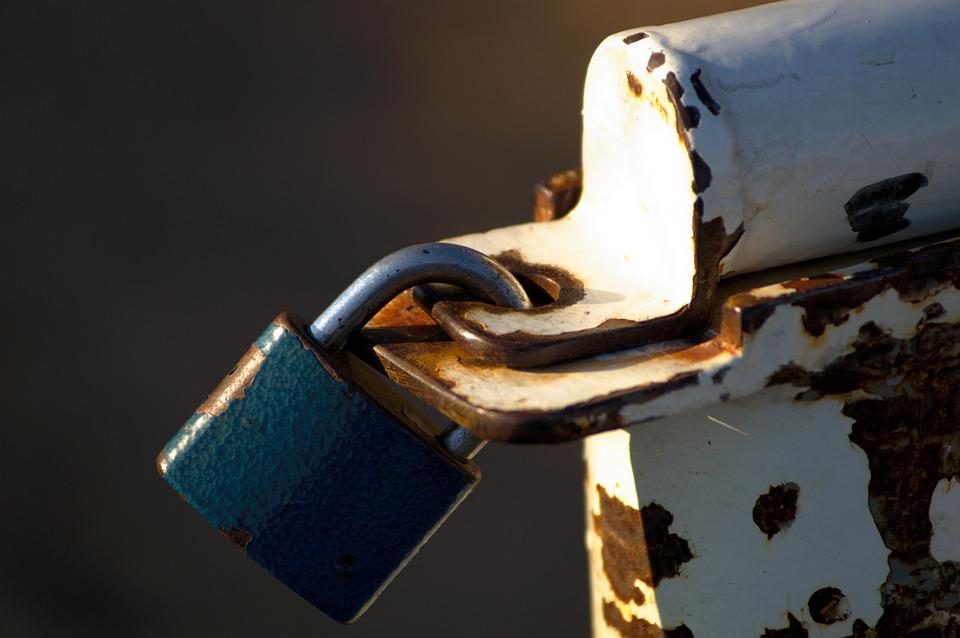If you have unpaid back taxes or defaulted on your installment agreement with the IRS, they may put a levy on your bank account. Find out what to do next.

You go to check your mail and there’s a certified letter from the IRS. That can’t be a good thing. You open it up and discover how bad it really is.
In big, bold letters, you see “Final Notice of Intent to Levy.” The IRS will place a levy on a bank account. The IRS has placed 17% fewer levies in 2017 than in 2016. That doesn’t mean that you’re off the hook if you don’t pay your taxes.
It’s enough to throw anyone into a panic. There are things that you can do to get the bank levy released. Read on to find out what you can do to get the levy lifted and take care of your tax debt.
What is a Bank Levy?
A bank levy is the IRS making a claim to seize your bank accounts. Can they legally do that? They’re the IRS, they can do just about anything.
The IRS can also resort to a levy on wages. This is a wage garnishment, where the IRS notifies your employer that you’re behind on your taxes and the employer is obligated to comply with the IRS notices.
Other types of seizures can include social security benefits, business and personal assets, and other income. If you’re self-employed and work directly with clients, the IRS could notify your clients that you’re behind on your taxes.
Keep in mind that the IRS uses these tools as a last resort to recover unpaid taxes. They have a lengthy collections process that can take months or even years. If you don’t do anything with these notices and ignore them, the IRS will go after your property, including your bank accounts.
The IRS can take as much as possible, which means that you’ll be left with very little. The IRS can’t take everything and leave you with nothing. They do have guidelines that they have to follow, based on your past tax returns and how much you owe.
What to Do if You Get a Bank Levy Notice
Should you receive one of these letters from the IRS, it does help to know that you do have some options. It’s not like you get the letter and the IRS will seize your bank accounts the next day. Here’s the typical process for a bank levy.
Once you receive the notice of intent to levy letter from the IRS, you have about 30 days to take action. That’s when the bank notified to levy your bank account. Once the bank receives that notice, they have 21 days to comply.
To make matters worse, your bank will charge you about $100 in processing fees.
In an ideal world, you would reach out to the IRS before you get one of these letters. That’s not always possible, so these are the things that you can do to avoid having your assets seized by the IRS.
Pay the Debt in Full
The fastest and easiest way to release a levy on a bank account is to pay your entire tax debt in full. Even if you don’t have the cash available, you may be able to get a low-interest personal loan to satisfy the debt.
Get Tax Help Immediately
If paying the tax debt in full isn’t possible for you, you’ll need to enlist the help of a professional who knows how the IRS works. They’ll be able to tell you what you need to do to release the levy on a bank account.
Some tax pros will do a lot of the work for you. They already have relationships with tax officers, which can be much better than you calling a 1-800 number and hoping for the best.
Installment Plan
An installment plan is an option if you can’t pay your tax debt in full. You may be denied that option if you were previously on an installment plan and didn’t pay your installments on time.
Even if you’re not in a position to pay the tax debt in full, you can still pay as much as possible and then go on an installment plan. You’ll need to contact the IRS can get on a plan before the levy goes into effect.
Offer in Compromise
An offer in compromise is part of the Fresh Start Program, which can give you an opportunity to settle your taxes for less than what you owe.
It’s a long and complicated process. You’ll want to have a tax pro help you though this.
Economic Hardship
You could also call the IRS and claim that a levy or paying your tax debt would cause economic hardship. They’ll put the tax debt in non-collectible status for a few months to give you some breathing room.
Request a Hearing
The IRS does make mistakes from time to time. If you had already set up an installment plan and have made your payments on time, the IRS should not levy your assets. You do have the right to request a hearing.
On your final notice of intent to levy letter, the IRS usually includes information about the amount owed and the tax years. You could request a hearing or file an appeal if the IRS made a mistake.
How to Release a Levy on a Bank Account
Getting certified letters from the IRS isn’t a good thing. It usually means that you’re behind on your taxes. After a while of no response, the IRS will use its right to seize your assets and put a levy on a bank account that is under your name.
There are things that you can do to protect yourself and your assets. You can pay the tax debt in full. If that’s not possible, you’ll want to work with a professional tax attorney that can guide you through the process of releasing the tax levy.
You’ll want to have it done right and a professional will help you do just that.
Would you like to learn more about topics from starting a business to finance? Head over the to the education section of the blog for more great tips.









